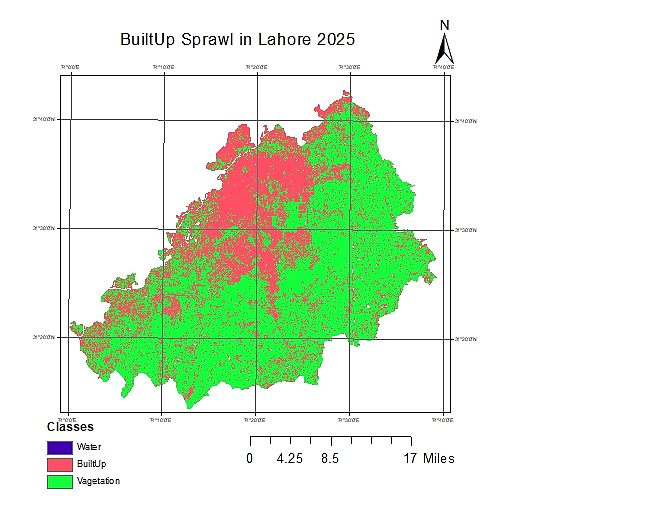خلاصہ
I'm Ali Bilal. I Belong to Bahawalnagar. I graduate from university of the Punjab.
Supporting in the development and management of GIS applications that are based on growing and improving business demands.
Overseeing the planning and coordination of GIS activities to meet the outlined goals.
پراجیکٹس
تجربہ
GIS Assoicate
Digitation
GIS multi-skilled candidates with a quantitative background for the position of GIS Analyst. GIS Analysts are responsible for discovering patterns and trends through spatial mapping, developing mapping applications and tools and managing a digital library of geographic maps in various file types, among other duties
Gis Analyst
We are looking for multi-skilled candidates with a quantitative background for the position of GIS Analyst. GIS Analysts are responsible for discovering patterns and trends through spatial mapping, developing mapping applications and tools and managing a digital library of geographic maps in various file types, among other duties.
GIS Analysts will need to explain geographic trends and findings from their analyses to clients, requiring excellent written and verbal communication.
GIS Analyst Responsibilities:
Analyzing spatial data through the use of mapping software.
Discovering patterns and trends through spatial mapping of data.
Designing digital maps with geographic data and other data sources.
Creating "shapefiles" to merge topographical data with external data by layering external data over a topographical map.
Producing maps showing the spatial distribution of various kinds of data, including crime statistics and hospital locations.
Developing mapping applications and tools.
Converting physical maps into a digital form for computer usage.
Performing data munging and cleaning to convert data into its desired form.
Produce reports on geographic data utilizing data visualizations.
Managing a digital library of geographic maps in various file types.
GIS Analyst
Analyzing spatial data through the use of mapping software.
Discovering patterns and trends through spatial mapping of data.
Designing digital maps with geographic data and other data sources.
Creating "shapefiles" to merge topographical data with external data by layering external data over a topographical map.
Producing maps showing the spatial distribution of various kinds of data, including crime statistics and hospital locations.
Developing mapping applications and tools.
Converting physical maps into a digital form for computer usage.
Performing data munging and cleaning to convert data into its desired form.
Produce reports on geographic data utilizing data visualizations.
Managing a digital library of geographic maps in various file types.
GIS analyst




